Charles Wooley: Blessed to be in the company of giants
You don’t need to be an extreme left-wing greenie to be captivated by the beauty and energy of the ancient trees that grace the Florentine Valley, writes CHARLES WOOLEY.
Opinion
Don't miss out on the headlines from Opinion. Followed categories will be added to My News.
IT was winter of 2002. We were in the bar of the National Park Hotel just half an hour from the primeval forest in which we had spent the day filming for 60 Minutes.
There is nothing like a blazing log and a few ice-cold Cascade beers to warm you after a cold day in the wilds of South-West Tasmania.
It was a chance for my Sydney-based colleagues to process the astonishment they had experienced on first confronting the tallest trees on earth. My cameraman was a hardened world-traveller but had never seen anything like this.
“Mate, I always expect the journo to over-pitch the yarn, but you weren’t exaggerating,” he said. “Those trees are bloody magnificent. I am going to bring my kids down to see them. But how come they are not Tasmania’s greatest tourist attraction and why are they being kept a secret?”
A good question and one I asked myself the first time I saw those mighty giants growing in the Florentine Valley, little more than an hour and a half drive northwest of Hobart.
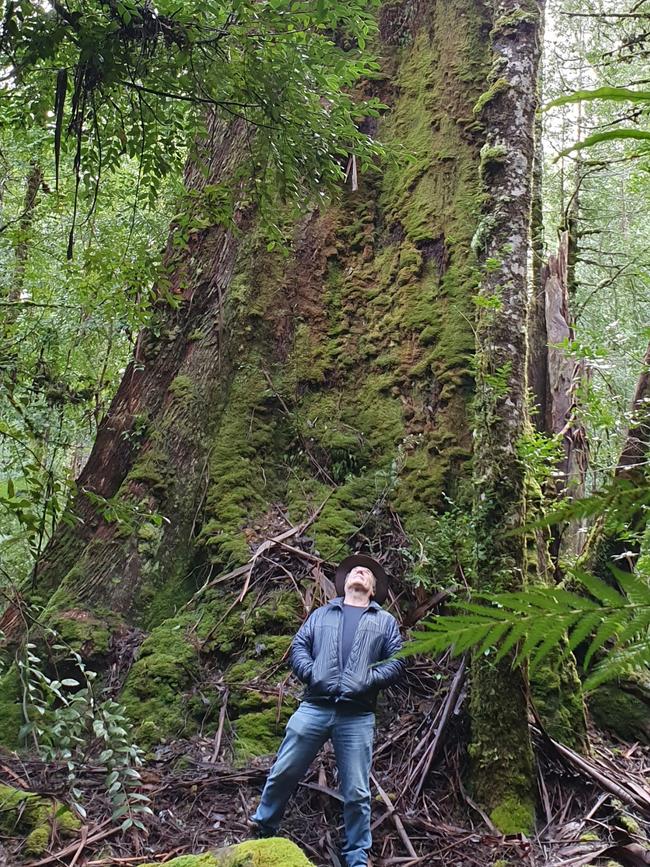
Go prepared to stay longer than intended. There is a labyrinth of logging roads and signposts are few and far between. Perhaps like Hansel and Gretel, if you venture into these woods, leave a trail of crumbs behind you – the black jays will love them.
Expect bad weather. My first day with a film crew in the Florentine had looked so unpromising. The sky was dark and angry. There was snow on the surrounding saw-toothed mountain ranges and flurries of rain and hail were driven by a fierce westerly gale.
Before descending into the forest we shot some grim vistas from a high point on the road. The wind was so strong it shook the camera.
I had hoped we were here to celebrate the wonders of the natural world, but contrary old Mother Nature seemed intent on hiding her secret places.
We crossed the dark and mysterious tannin-stained Styx River. In Greek mythology the Styx was the river of death, separating the living from the dead. A mist descended and the fern-shrouded waters swirled ominously. We stared in silent apprehension. Would there be enough light to film in this deep and lovely gloom?
Or were we like dead men crossing the Styx on a doomed mission?
What shallow doubting mortals we were!
From the moment we stepped into the realm of the Eucalyptus regnans, the ‘rulers’ of the forest, we were not in the kingdom of the dead. We were in paradise.
The massive straight trunks of what are commonly known as Mountain Ash, soared up 100m from the forest floor.
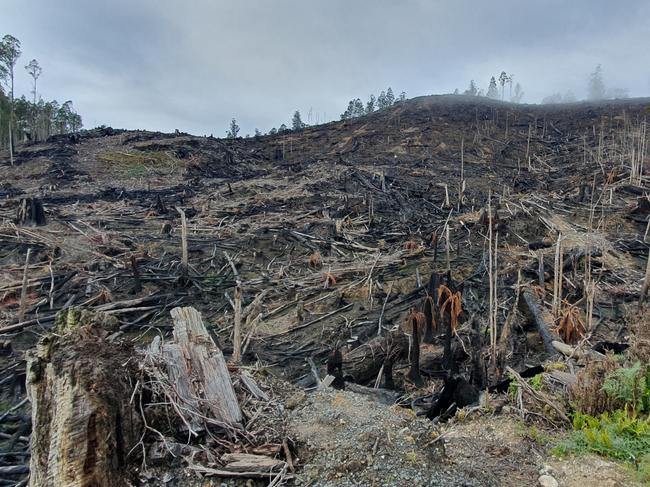
We were gnomes craning our necks to see how the giant’s crowns, far above, were tossed by tempest and dusted with flurries of snow.
But down on the ground the forest was breathless and silent.
As were we: captivated in awe of this powerful place.
Eucalyptus regnans are the tallest of all the earth’s flowering plants. They grow the height of a thirty-storey building, taller than Wrest Point Casino. But life’s a gamble. The odds are against surviving that slow 500-year climb up to the light. And then to avoid the chainsaws.
The growth rings on one of these fallen giants will take us from Leonardo da Vinci to Banksy. The Black Death, Renaissance, Reformation, Enlightenment and the rise and fall of many empires fit easily within the giant’s historical purview.
Just the outermost rings of its long memory encompass Captain Cook and the whole modern history of Australia.
These ancient trees put us in our fleeting place.
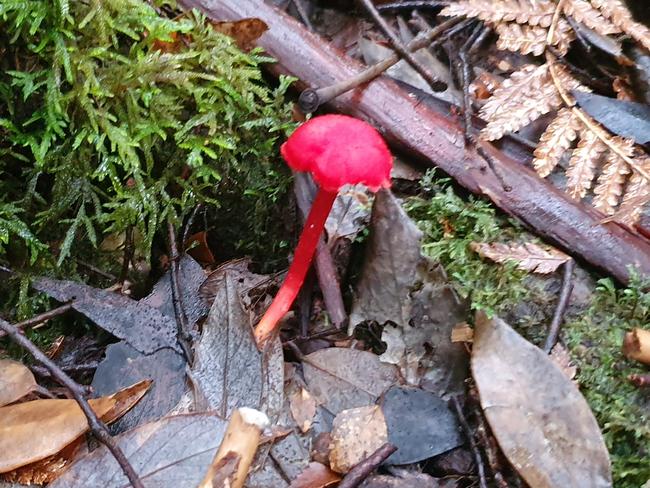
The photographic challenge in Tasmania’s Valley of the Giants is not the lack of light. Amazingly the forest seems to supply its own illumination. “The light is fantastic,” my cameraman declared. “What is hard is catching perfection. You are bound to fail. But even if I get it only half right it will be a knockout.”
He was more than half right and it wasn’t just the big trees that made great pictures. On the forest floor 300 feet beneath the giant canopy there is another forest. A mini-wilderness of moss, fern and luridly coloured fungi, all suffused in a glowing fluorescence.
Worlds within worlds: rainforest is so much more than big trees. Though it would be nothing without them.
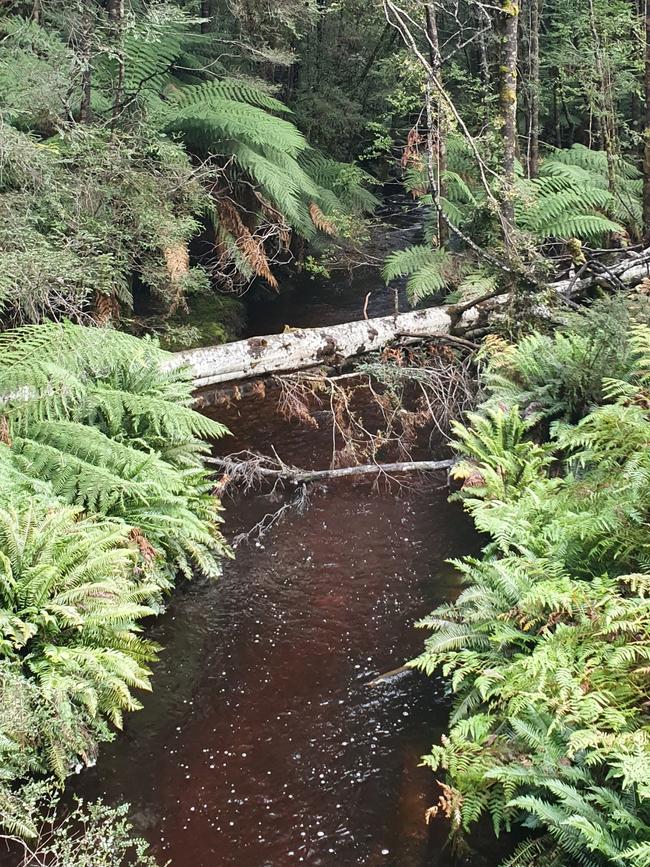
Last week I was back on the banks of the Styx with a man who has dedicated years to the survival of these giant trees. Graham Furness is an Oatlands man, a Kiwi settler who fell in love with the giants and is determined they should be saved from clear-felling.
“On my very first visit to a Tasmanian forest I was immediately captivated by the beauty and the energy of those carbon giants and by the lush forest floor,” he told me. “It is heartbreaking to see them clear-felled and everything burned to make way for plantation timber.”
New Zealand has a strong outdoor culture making Kiwis particularly prone to falling under Tasmania’s spell. Many, like Graham, never recover. “Walking amongst giants in native forest in air so clean and pure is completely life-changing,” he said. “You become insignificant.”
He was inspired to create a walk in a World Heritage section of the Florentine. It is well curated with explanatory signs, tracks and bridges, mostly his own work.
He calls this personal park ‘Carbon Circuit’ and wants you to come with your kids to enjoy it and learn how rainforests function as the world’s great repositories of carbon.
I was impressed not just by what Graham had to show us but with the work he puts into convincing Tasmanians to love our bush as much as he does. I have known about these magnificent forests for decades, yet I have done little to save them.
It has seemed a lost cause in which, always, ideology trumps biology. And politics defeats the heart.
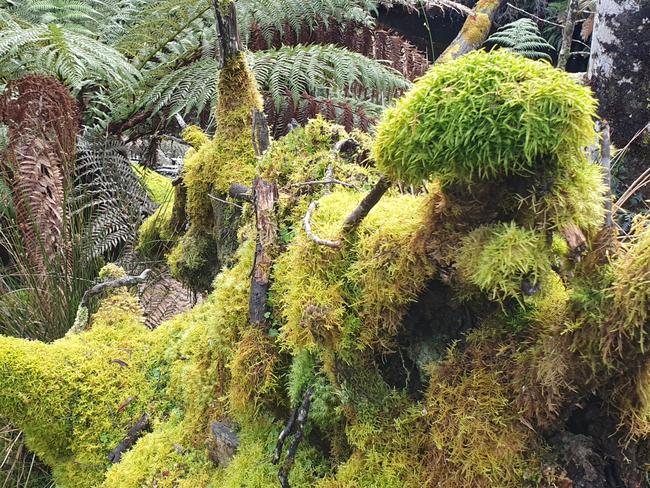
But perhaps you don’t need to be a left-wing-pinko-greenie to help save our giants. Play it another way and surely every patriotic, right-thinking Australian would rather see the biggest trees on earth standing up rather than lying down in ashes.
When you take them there, ask your kids.
Drive from Maydena on the Gordon Rd and take the signposted road to the Tall Trees Reserve. At Jubilee Rd intersection turn right and drive over the Styx River to the boom gate. It’s a 15-minute signed walk to Carbon Circuit.
Or just continue past Jubilee to the Big Tree reserve which is on the road and requires no walking.



